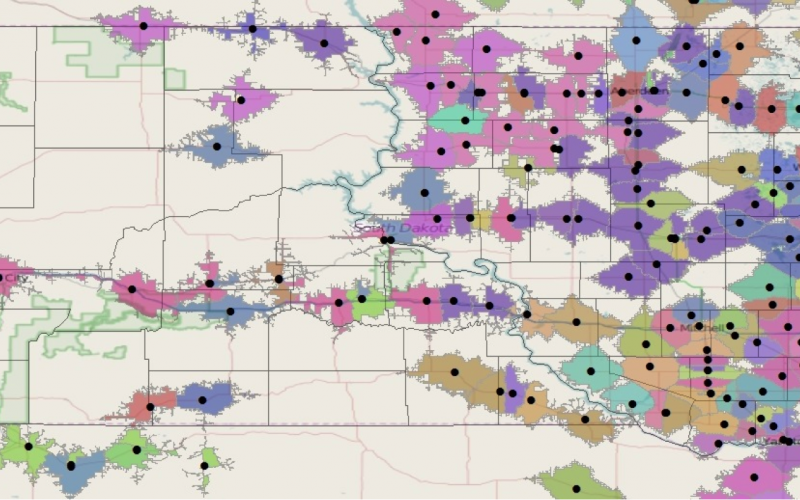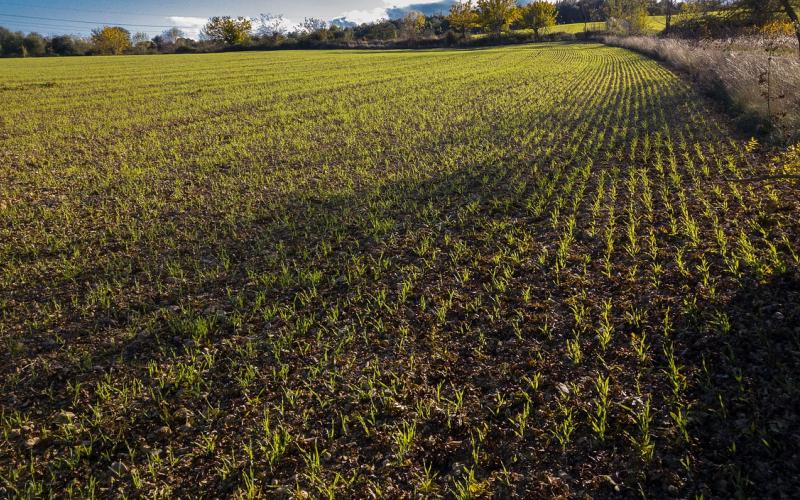Farm Management
All Farm Management Content

Financial Ratios and Trend Analysis
Financial Ratios and Trend Analysis is designed to formulate financial ratios and data, utilizing information provided by the producer.

Grain Merchant and Processor Consolidation, Concentration, and Competition
A general trend in the last century has been for greater consolidation among Grain Merchants and Oilseed Millers and Processors. The U.S. Census Bureau tracks the number of firms and/or establishments and value of sales (market size) by industry sector every 5 years as a part of the Economic Census. In addition to the number of firms and sales, the Census Bureau publishes concentration ratios for each sector. One concentration ratio they publish is the amount of sales attributed to the four largest firms in that sector. The percentage of sales of the 4 largest firms is a measure that aids in identifying the type of market structure that exists.

Farm Size and Efficiency
Growth is a common denominator of various business objectives. A business may want to grow profits, sales, market share, etc. The growth of a business itself usually refers to growth in equity, or growth in assets after debts have been paid. Farms, from a business perspective, are no exception. Farmers seeking to grow equity need to be willing and able to retain earnings and cannot be overleveraged.

Choosing an Advisory Board
A board of directors is a vital part of the governance and constitution of many corporations. A board of directors is formally involved in the business and is legal responsible for the overall governance of the corporation.

Double-Crop after Wheat?
Two crops in one year may sound tempting, and for some crop species is possible, but before doing so, producers should consider possible crops and compare the potential benefits with the drawbacks.